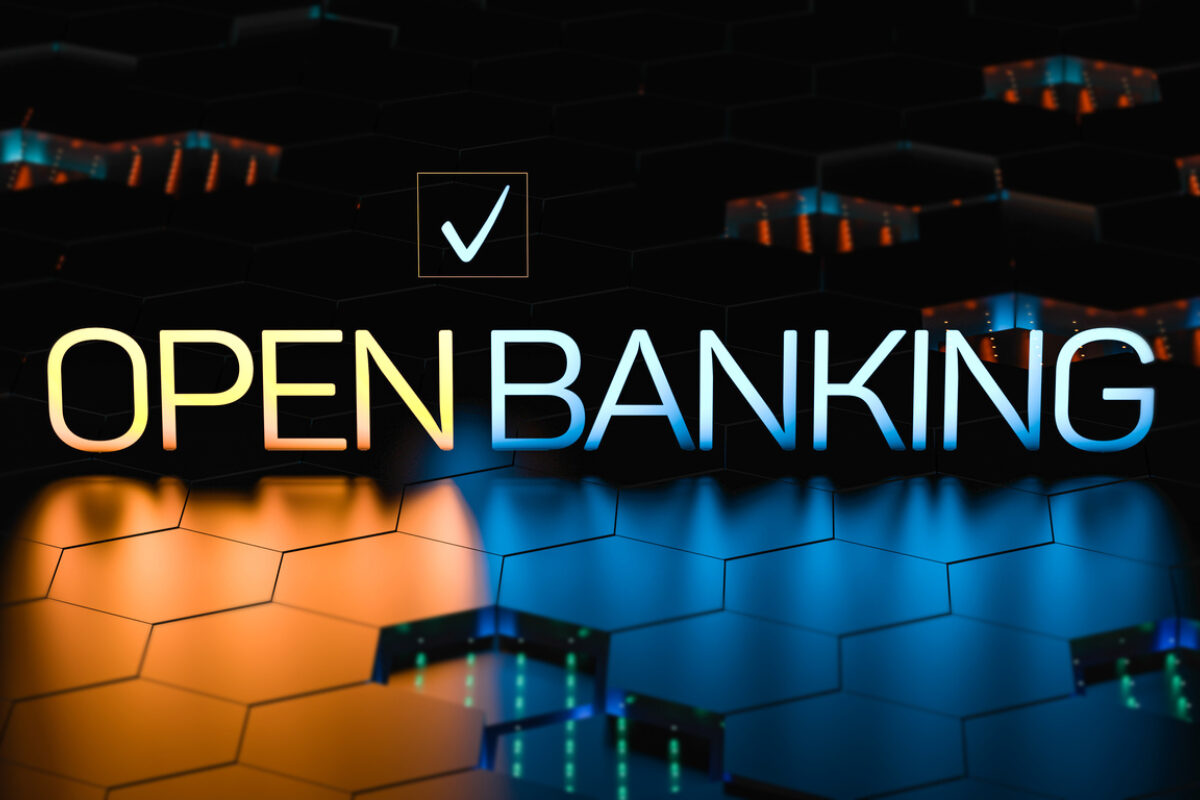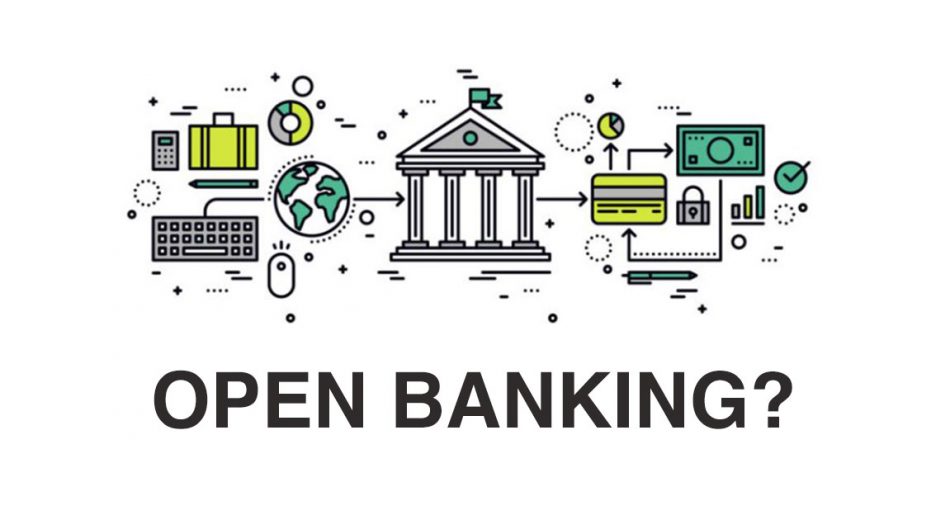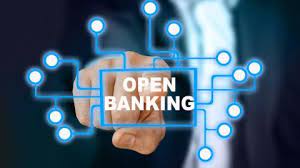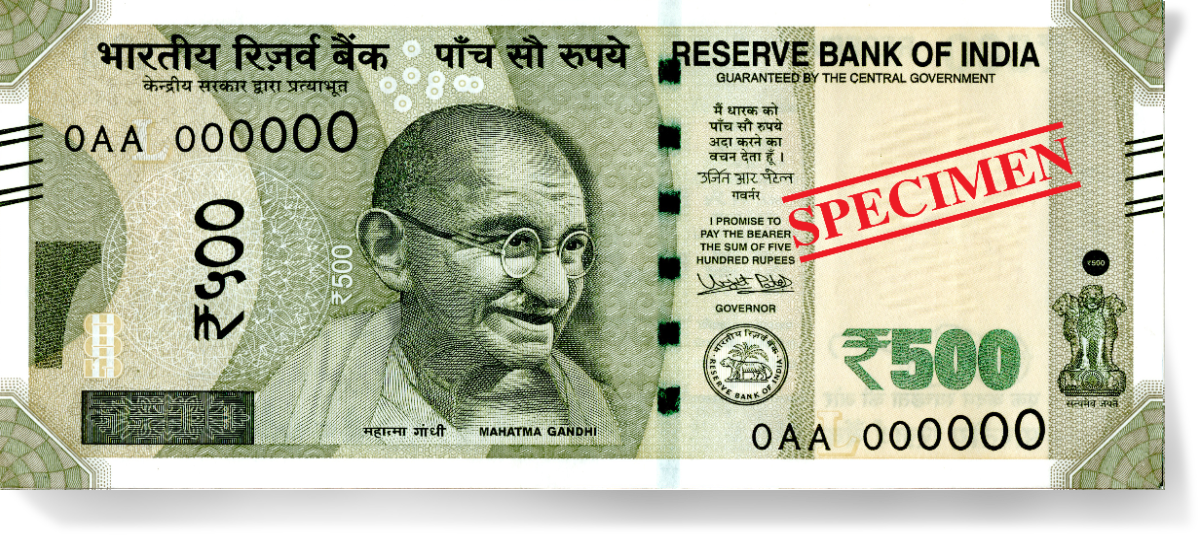Finance ,Insurance, loan ,Stock & Crypto
Current Trends In Open Banking: The Future of Finance?
Open banking is a promising new development that has the potential to benefit both customers and financial institutions.
- It is important to address the challenges that open banking poses, such as the risk of data breaches and the need for customer education, but the potential benefits of open banking are significant.
- Open banking is not just for consumers. It can also be used by businesses to improve their financial operations. Open banking is a global phenomenon. There are now a number of international open banking standards that are being adopted by countries around the world.
Open banking, Personal financial, customers
Current Trends In Open Banking: The Future of Finance?
Open Banking
Open banking is a financial system that enables third-party providers (TPPs) to access customer data and offer new financial services, with the customer's consent. This is done through the use of application programming interfaces (APIs), which allow TPPs to securely connect to banks and other financial institutions.
Open banking has the potential to revolutionize the financial services industry by creating a more open and competitive market. It can also lead to the development of new and innovative financial products and services that are better tailored to the needs of customers.
How does open banking work?
Open banking works by allowing TPPs to access customer data through APIs. APIs are secure computer programs that allow two different software programs to communicate with each other. In the context of open banking, APIs allow TPPs to connect to banks and other financial institutions and access customer data, such as account balances, transaction history, and credit scores.
Customers must give their consent before any TPP can access their data. This consent is typically given through the bank's online banking platform or mobile app. Customers can also choose to revoke their consent at any time.
What are the benefits of open banking?
Open banking has a number of potential benefits for customers, financial institutions, and the economy as a whole.
Customer benefits:
- Increased competition and innovation: Open banking creates a more open and competitive market for financial services, which can lead to lower prices and more innovative products and services for customers.
- Greater customer choice and control: Open banking gives customers more control over their financial data and allows them to choose from a wider range of financial products and services.
- Improved financial inclusion: Open banking can help to improve financial inclusion by making it easier for people with poor credit or limited access to traditional banking services to obtain financial products and services.
Financial institution benefits:
- New revenue opportunities: Open banking can help financial institutions to generate new revenue streams by allowing them to partner with TPPs to offer new products and services.
- Reduced costs: Open banking can help financial institutions to reduce costs by automating manual tasks and improving operational efficiency.
- Improved customer satisfaction: Open banking can help financial institutions to improve customer satisfaction by offering a more personalized and convenient customer experience.
Economic benefits:
- Increased economic growth: Open banking can help to boost economic growth by stimulating innovation and competition in the financial services industry.
- Reduced financial crime: Open banking can help to reduce financial crime by making it easier for financial institutions to detect and prevent fraudulent activity.
- Improved financial stability: Open banking can help to improve financial stability by making the financial system more resilient to shocks.
Examples of open banking services:
Different open banking services that are now available, including:
- Account aggregation services: These services allow customers to see all of their financial accounts in one place.
- Personal financial management (PFM) tools: These tools help customers to track their spending and budget.
- Peer-to-peer (P2P) payment services: These services allow customers to send and receive money from each other without having to go through a bank.
- Lending services: These services use open banking data to assess customer creditworthiness and offer more competitive rates.
- Insurance services: These services use open banking data to tailor policies to the individual needs of customers.
Challenges of open banking
While open banking has a number of potential benefits, there are also some challenges that need to be addressed. One challenge is the risk of data breaches. It is important that TPPs have strong security measures in place to protect customer data. Another challenge is the need to educate customers about open banking and the benefits and risks involved.
The future of open banking
The future of open banking is bright. As more and more people adopt open banking, we can expect to see a wider range
End of Conclusion
Open banking is a promising new development that has the potential to benefit both customers and financial institutions. It is important to address the challenges that open banking poses, such as the risk of data breaches and the need for customer education, but the potential benefits of open banking are significant.
Additional points
- Open banking is still in its early stages of development, but it is rapidly gaining traction around the world. A number of countries have already implemented open banking regulations, and many more are in the process of doing so.
- Open banking is not just for consumers. It can also be used by businesses to improve their financial operations. For example, businesses can use open banking to automate their payroll or to get access to better financing terms.
- Open banking is a global phenomenon. There are now a number of international open banking standards that are being adopted by countries around the world. This will make it easier for TPPs to operate across borders and offer their services to customers in different countries.
Writer
Devraj Gorai
























